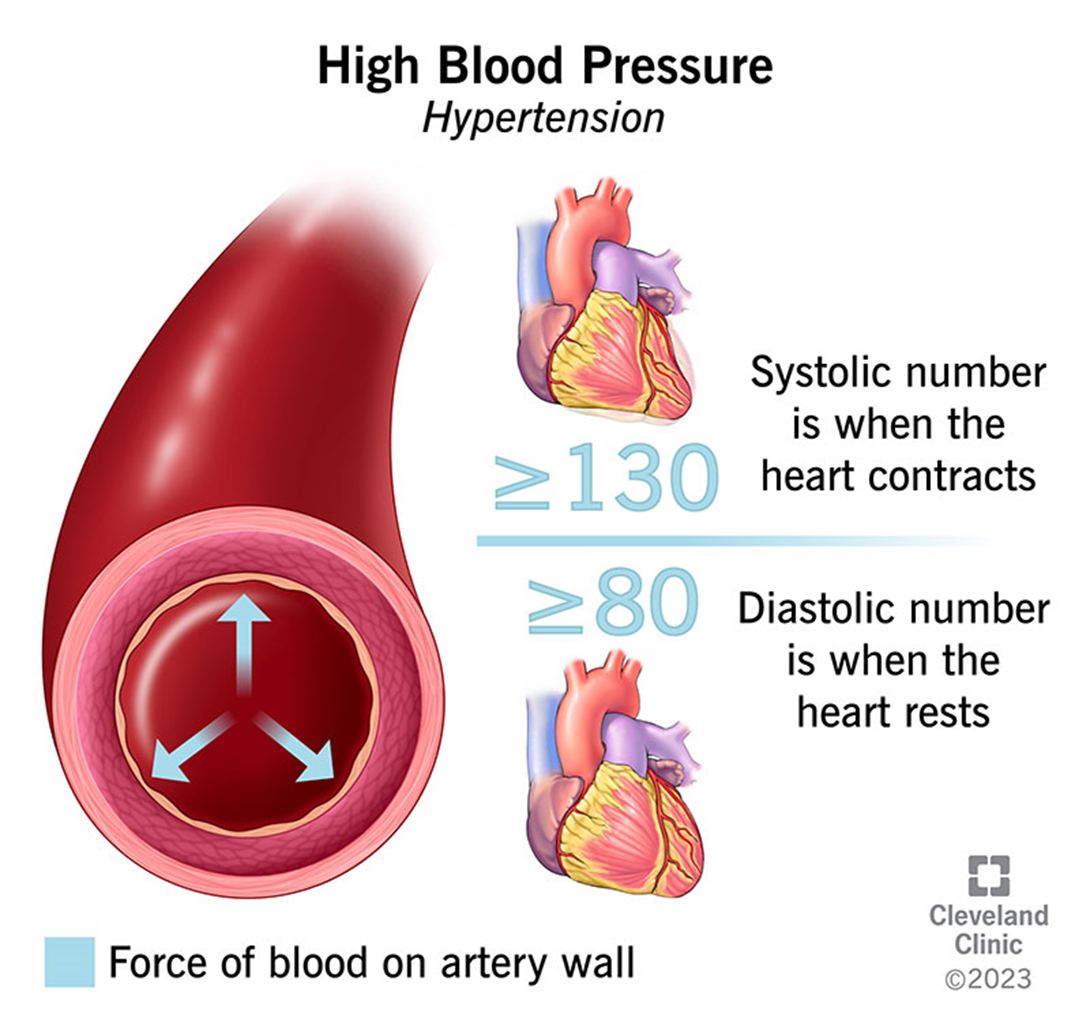A client with nasal congestion receives a prescription for phenylephrine 10 mg by mouth every 4 hours. Which client condition should the nurse report to the healthcare provider before administering the medication?
Diarrhea.
Bronchitis.
Hypertension.
Edema.
The Correct Answer is C
Choice A reason: Diarrhea is not a contraindication for phenylephrine, which is a decongestant that reduces swelling and mucus in the nasal passages. However, the nurse should monitor the client's fluid and electrolyte balance and provide adequate hydration.
Choice B reason: Bronchitis is not a contraindication for phenylephrine, which may help relieve some of the symptoms of bronchitis, such as nasal congestion and cough. However, the nurse should also encourage the client to use other measures, such as steam inhalation, expectorants, and rest.
Choice C reason: Hypertension is a contraindication for phenylephrine, which can increase blood pressure and heart rate by constricting blood vessels. The nurse should report this condition to the healthcare provider and withhold the medication until further orders.

Choice D reason: Edema is not a contraindication for phenylephrine, which does not affect fluid retention or distribution. However, the nurse should assess the cause of edema and monitor the client's weight and urine output.
Nursing Test Bank
Naxlex Comprehensive Predictor Exams
Related Questions
Correct Answer is B
Explanation
Choice A reason: This is not a correct action for the nurse to include in this client's plan of care. Administering sucralfate once a day, preferably at bedtime, is not the recommended dosage or timing for this medication. Sucralfate is a mucosal protectant that forms a protective barrier over the ulcer and prevents further damage from acid and pepsin. It should be taken four times a day, one hour before meals and at bedtime, to ensure optimal coverage and healing of the ulcer.
Choice B reason: This is the correct action for the nurse to include in this client's plan of care. Giving sucralfate on an empty stomach is essential for the effectiveness of this medication. Sucralfate needs an acidic environment to activate and form a complex with the ulcer site. If the client takes sucralfate with food or beverages, the pH of the stomach may increase and reduce the ability of sucralfate to bind to the ulcer. The client should take sucralfate one hour before meals and at bedtime, and avoid antacids within 30 minutes of taking sucralfate.
Choice C reason: This is not a correct action for the nurse to include in this client's plan of care. Monitoring for electrolyte imbalance is not a specific or relevant intervention for this medication. Sucralfate does not affect the electrolyte levels in the blood, as it is not absorbed systemically and does not alter the renal function. The nurse should monitor the electrolyte levels for other reasons, such as dehydration, vomiting, or diuretic use, but not because of sucralfate therapy.
Choice D reason: This is not a correct action for the nurse to include in this client's plan of care. Assessing for secondary Candida infection is not a common or necessary intervention for this medication. Sucralfate does not increase the risk of fungal infections, as it does not suppress the immune system or alter the normal flora of the GI tract. The nurse should assess for signs of infection, such as fever, leukocytosis, or purulent drainage, for other reasons, such as perforation, abscess, or sepsis, but not because of sucralfate therapy.
Correct Answer is A
Explanation
Choice A reason: Baclofen is a muscle relaxant that can cause drowsiness, dizziness, and orthostatic hypotension. These side effects can increase the risk of falls and injuries for the client. Therefore, the nurse should advise the client to move slowly and cautiously when rising and walking, and to use assistive devices if needed.
Choice B reason: Evaluating muscle strength every 4 hours is not the most important intervention for the nurse to implement, as baclofen does not affect muscle strength directly. It may reduce muscle spasticity and stiffness, but it does not improve muscle function or coordination.
Choice C reason: Monitoring intake and output every 8 hours is not the most important intervention for the nurse to implement, as baclofen does not have a significant effect on fluid balance or renal function. However, the nurse should monitor the client for signs of urinary retention, which is a rare but possible adverse effect of baclofen.
Choice D reason: Ensuring the client knows to stop baclofen before using other antispasmodics is not the most important intervention for the nurse to implement, as baclofen can be used in combination with other antispasmodics under medical supervision. However, the nurse should educate the client about the potential drug interactions and contraindications of baclofen, and to consult the prescriber before taking any new medications.
Whether you are a student looking to ace your exams or a practicing nurse seeking to enhance your expertise , our nursing education contents will empower you with the confidence and competence to make a difference in the lives of patients and become a respected leader in the healthcare field.
Visit Naxlex, invest in your future and unlock endless possibilities with our unparalleled nursing education contents today
Report Wrong Answer on the Current Question
Do you disagree with the answer? If yes, what is your expected answer? Explain.
Kindly be descriptive with the issue you are facing.
